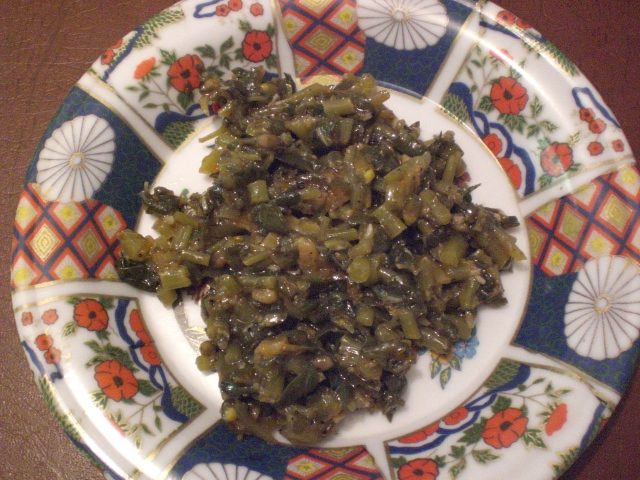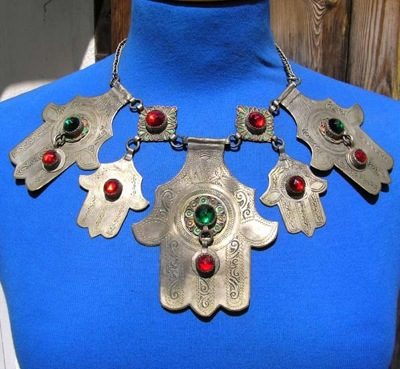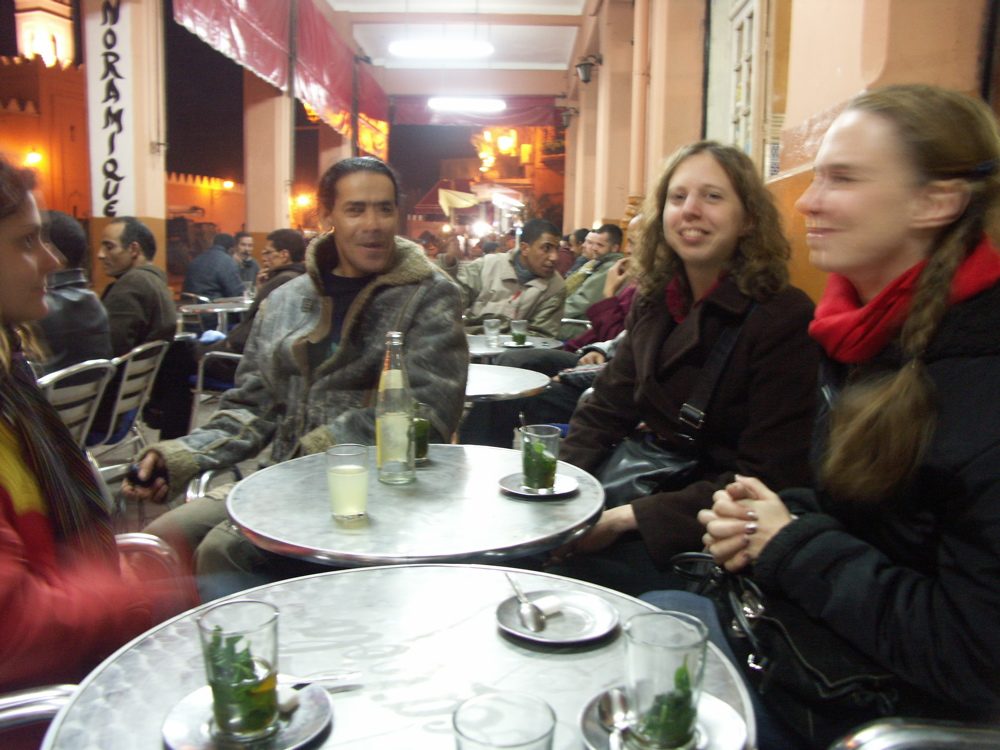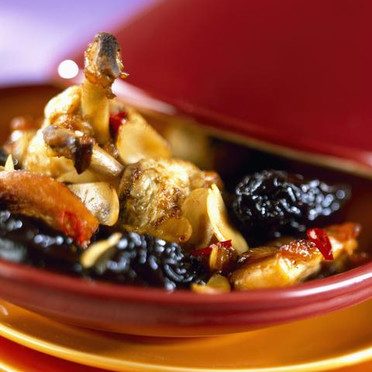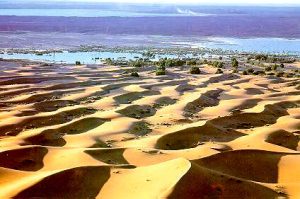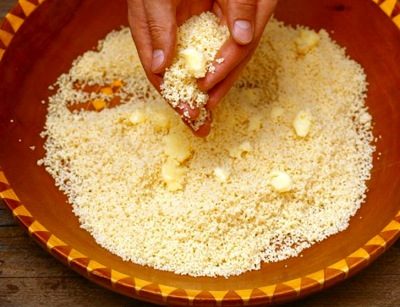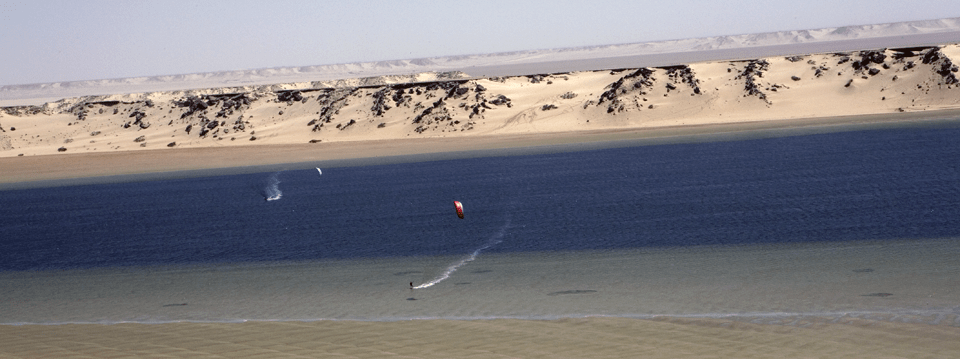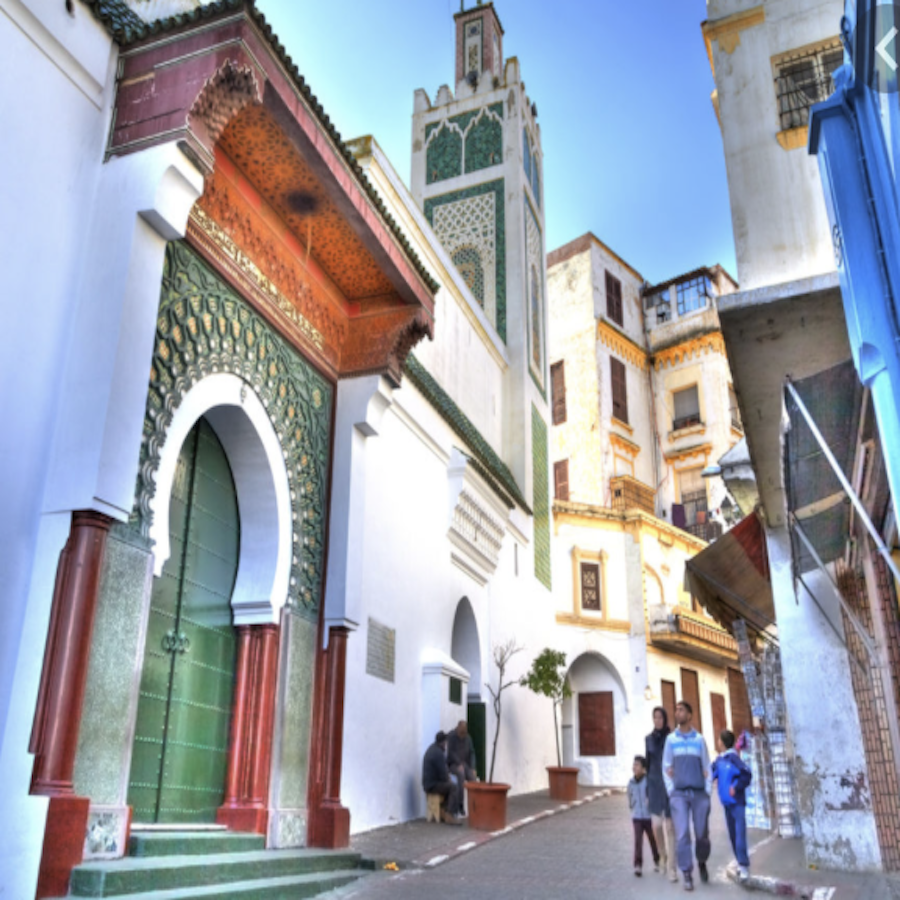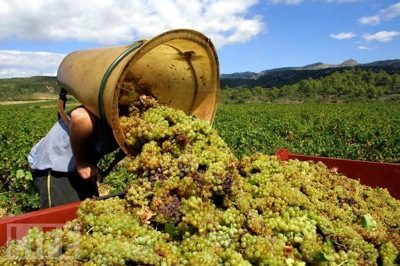Moroccan terjla (the Moroccan Arabic name) is frequently prepared as a side dish, and can be served either hot or cold. Terjla, a succulent plant, known as purslane in English and verdolaga in Spanish, is not only one of the most delicious Moroccan plants, but it is simple to prepare. Being a dark green plant, it is loaded with iron, vitamins, and minerals. It also has a mild lemony flavor. When traveling to Morocco make sure to ask your Moroccan Travel Agency to recommend restaurants or local places where you can taste Moroccan terjla in a traditional restaurant.
Tag: Morocco Travel
Excitement awaits you on a Trade Bead & Moroccan Jewelry Treasure Hunting Tour Hosted by Travel Exploration and North African Jewelry Expert, Sarah Corbett. Come join us on a Morocco Tour Adventure that covers the Imperial City of Marrakech, the seaside artist colony of Essaouira and Southern Morocco’s hotspots: Tiznit, Taradount, Agdz, Zagora and Ouarzazate for bead making and treasure hunting for best antique amber and Berber silver jewelry in all of Morocco. Travel Exploration specializes in tailor-made Morocco Tours with a distinctly authentic Moroccan flavor. Travel Exploration Morocco provides unique itineraries that offer an unparalleled diversity of travel and terrain through a people that are naturally hospitable, warm and friendly. You can count on Travel Exploration’s benefits of an Anglo-Moroccan partnership as you depart on a Trade Bead & Moroccan Jewelry Treasure Hunting Tour. This Morocco Tour is an exclusive of Travel Exploration and created by Director, Alecia Cohen & North African Jewelry Expert, Sarah Corbett.
Enjoying the ambiance in various Moroccan cities is partly what a trip to Morocco is all about. When traveling to Morocco, make sure to take time out to enjoy Moroccan coffee and the cafe ambiance that each city offers. Marrakech, Tangier, Essaouira and Agadir are known for having the most and the best cafe’s, the best variety of Moroccan Arabic coffee and are spacious, comfortable hotspots for people watching. Moroccan coffee is different from American coffee. The two most commonly-ordered types are black, served in a Moroccan tea glass, and coffee with milk, usually served in a cup, but sometimes in a tea glass.There are several types of coffee with milk. The first is café cassé, which means black coffee broken with a little bit of milk. The other common type is “café nss nss” (no vowel in nss), which means half coffee (made with water) and half milk.
Tajines in Moroccan cuisine are slow-cooked stews braised at low temperatures, resulting in tender meat with aromatic vegetables and sauce. They are traditionally cooked in the tajine pot, whose cover has a knob-like formation at its top to facilitate removal. While simmering, the cover can be lifted off without the aid of a mitten, enabling the cook to inspect the main ingredients, add vegetables, move things around, or add additional braising liquid. To learn how to make a Moroccan tajine first hand, consider taking A Taste of Morocco tour or a local cooking class from a chef at a cooking school or university closest to where you live.
Are you wondering what there is to see and do in Dakhla, Morocco besides kitesurfing? Dakhla also referred to as Ad Dakhla is a fishing and surfing paradise which was once the capital of the Spanish province of Rio de Oro. Dakhla or Ad Dakhla is one of the ultimate places to go where you can witness unspoiled Sahara Desert scenery. Visiting Dakhla is ideal for Moroccan travelers who want to get away from the crowds and visit a place where it is still possible to see the authentic nomad lifestyle nearby. Another place in Morocco where it is possible to see the authentic Nomad lifestyle is in the Bouthgrar region near Mount Mgoun which is often referred to as the Valley of Nomads. The Valley of Nomads can be visited from en route from Ouarzazate when passing the Valley of Roses.
Moroccan cuisine is the culinary star of North Africa. Imperial and trade influence has been filtered and blended into Morocco’s culture. Being at the crossroads of many civilizations, the cuisine of Morocco is a mélange of Arab, Berber, Moorish, French, Middle Eastern, Mediterranean African, Iberian, and Jewish influences. Moroccan cooking is enhanced with fruits, dried and fresh — apricots, dates, figs, and raisins, to name a few. Lemons preserved in a salt-lemon juice mixture bring a unique face to many Moroccan chicken and pigeon dishes. Nuts are prominent; pine nuts, almonds, and pistachios show up in all sorts of unexpected places.
Dakhla or Ad Dakhla, Morocco is located on the southern Sahara desert coast of Morocco, just above the Tropic of Cancer and is one of the best locations in the world for kitesurfing. Both the 2010 World Kitesurfing Championships and the 2009 Dakhla Kiteboard World Cup were held there. Dakhla has a 50-km flat-water shallow sand-basin lagoon, with perfect wind conditions, which is why it is so popular.
Adopt a Moroccan schedule To Beat the Heat in Morocco During Summer & Other Seasons. Take advantage of the cool early morning hours in Morocco in Summer by taking a mid-moring snack and a late lunch about 1:00 PM. Take a nap in your air-conditioned hotel room or traditional Moroccan Riad, or a dip in the pool. Around 4 PM, have a snack, and head out again around 4:30-5:00 PM. You won’t miss much, because Moroccans tend to lie low during this same time. Enjoy yourself until dark, then head off for dinner around 8-9:00 PM. Take advantage of the Moroccan night life during the cool evening hours if you’re staying in Imperial cities such as Marrakech, Essaouira or Casablanca, all which boast varied restaurants with Moroccan and International cuisine along with entertainment.
Tangier, the capital of the Tétouan Region has a rich history due to the historical presence of many civilizations and cultures that conquered this area from the 5th century BC. Tangier sits at the western entrance to the Strait of Gibraltar where the Mediterranean meets the Atlantic Ocean off Cape Spartel. This beautiful city, only 35 minutes from Spain by modern hydrofoil or two hours by normal ferry boat service, has a hugely multicultural society, predominantly Muslim, but with small Christian, and Jewish communities who express tolerance for one another. Moroccan travelers who wish to visit Tangier from Spain can take a one day private excursion to Tangier’s Cap Spartel and the Cave of Hercules along with Tangier’s sites, museums and cafes. This makes for the perfect private Tangier tour whether you are coming by ferry from Spain to Tangier or from Casablanca to Tangier.
Restaurant menus and wine shops in Morocco present travelers with an astounding array of choice in excellent Moroccan wines. But where should the person unfamiliar with Moroccan wines begin? This article will provide a starting point and serve as a Moroccan Wine Guide by recommending some inexpensive good-value Moroccan wines. Morocco has been a leading wine producer and its bold red and white grapes have become popular among the French, Americans and within Modern Moroccan households. When the French colonized Morocco, like the Romans centuries before them, they realized Morocco’s possibility of being a wine country. The French developed Meknès, a Moroccan Imperial City, into a wine region. Today 30,000 acres of land in Morocco contribute to wine production and Morocco sells over 40 million bottles within Morocco and abroad. Moroccan wine is in a state of revival and wine producers are taking advantage of the country’s sunny, mild temperate climate, and high altitudes.

